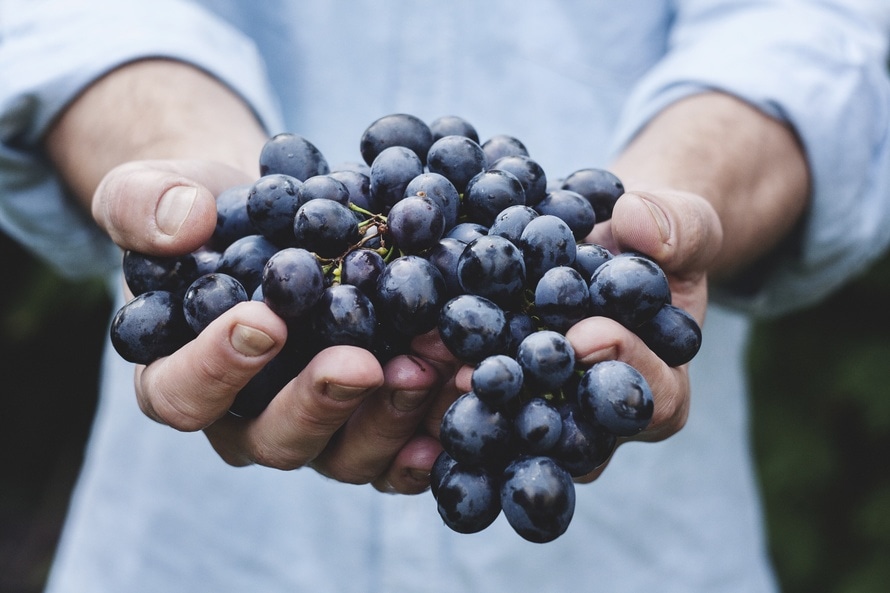Why do some products carry the line “Naturally flavored with natural flavors”? Also, what qualifies as a natural flavor?
In response to consumer’s cravings for more wholesome foods, food manufacturers have begun using the term “natural” more and more on the label. However, that doesn’t necessarily mean that the “natural flavors” in your apple cinnamon breakfast bar this morning were simply pureed apples. Instead, the flavor likely originated from apples and was enhanced and added to the breakfast bar in a lab.
Appears InFlavorings—both natural and artificial—may trick the consumer into expecting flavors from foods that don’t exist in nature. They create a more intense, appealing, and uniform flavor and replace what may be lost through processing. Check your juice label at breakfast tomorrow. To create juice that tastes the same anytime of year, manufacturers use “natural flavors” to make sure you have the same flavor of juice in the winter as you do in the summer even though the whole fruit itself may taste different.
So what’s the difference between natural and artificial flavorings? Not much. The chemicals in each could be identical or very close. Both are similar in terms of available forms, usage, and shelf life. The FDA (U.S. Food and Drug Administration) allows only one ingredient on the label to have the descriptor “natural,” and that is flavors. “Natural flavors” in the United States are defined in the Code of Federal Regulations 101.22 as,
“the essential oil, oleoresin, essence or extractive, protein hydrolysate, distillate, or any product of roasting, heating or enzymolysis, which contains the flavoring constituents derived from a spice, fruit or fruit juice, vegetable or vegetable juice, edible yeast, herb, bark, bud, root, leaf or similar plant material, meat, seafood, poultry, eggs, dairy products, or fermentation products thereof, whose significant function in food is flavoring rather than nutritional.”
Naturally, this becomes confusing. The biggest difference between artificial and natural flavors is the origin of the molecules, whether they were synthetically processed or purified from a natural source in a lab.
Since “natural flavor” is the fourth most common ingredient on labels, we can be assured it’s not going away anytime soon. While you don’t need to avoid natural or artificial flavors, it is advised to reach for the whole foods first. Grab a whole apple instead of that apple cinnamon breakfast bar tomorrow morning as you can be certain that natural flavors in the apple did not come from a lab.
Julie Raeder Schumacher, associate professor of nutrition, Department of Family and Consumer Sciences
Our top faculty experts answer questions from the Illinois State University community in the “Ask a Redbird Scholar” section. To submit a question, email Kevin Bersett at kberse@IllinoisState.edu or tweet it to @ISUResearch. Chosen questions and answers appear in each issue of Illinois State’s new research magazine, the Redbird Scholar. To read other “Ask a Redbird Scholar” posts, visit IllinoisState.edu/RedbirdScholar.



I enjoyed reading this information!